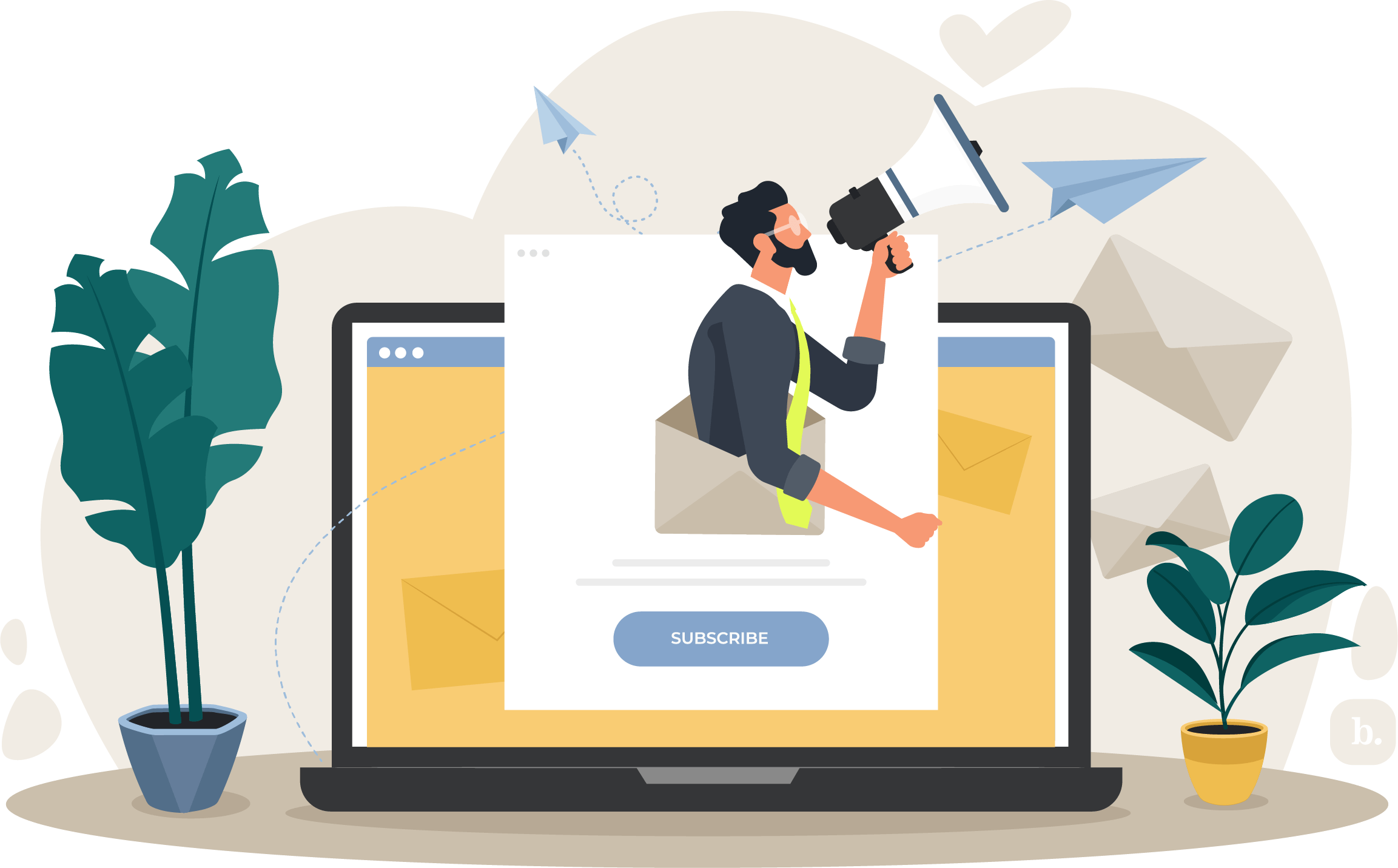In the digital age, where inboxes are battlegrounds for attention, mastering the timing of your email campaigns can be the difference between success and obscurity. Effective timing is not just about when an email is sent; it's about understanding your audience, aligning with their habits, and strategically leveraging moments that maximize engagement and response rates. This article will delve into the art and science of optimal timing strategies for your email campaigns.
Understanding Your Audience's Schedule
The first step in nailing the timing is understanding when your audience is most likely to check their emails. This varies widely depending on the demographic. For instance, working professionals might check their emails early in the morning, during lunch, or after work hours, whereas students might have different peak times. Utilizing data analytics tools to analyze the open and click-through rates of your past campaigns can provide valuable insights into when your emails are most likely to be opened.
The Power of Time Zones
In a global marketplace, time zones play a crucial role. Sending an email at 9 AM in your time zone might mean landing in the middle of the night in another part of the world. Tools that segment your email list based on geographic location can help tailor your send times to hit the inbox when your recipients are most likely awake and active.
The Day Matters
Research suggests that the day of the week also impacts email engagement. Tuesdays and Thursdays often see higher open rates compared to weekends when people tend to disconnect from work-related communication. However, the best day can vary based on your industry and the nature of your email content. Experiment with different days and monitor the response to find your sweet spot.
Special Dates and Events
Capitalizing on special dates, like holidays or industry-specific events, can boost your email campaign's effectiveness. For instance, a retailer might see better engagement when emails are timed around shopping holidays like Black Friday or Cyber Monday. Be mindful of cultural differences and regional events when planning these targeted campaigns.
The Frequency Factor
While timing is essential, so is frequency. Bombarding inboxes can lead to higher unsubscribe rates, whereas too infrequent communication might mean your audience forgets about you. Striking a balance is key. A/B testing different frequencies can help determine the ideal cadence for your audience.
Automating for Efficiency
Automation tools can significantly enhance the timing of your email campaigns. These tools can send emails based on user behavior, like a follow-up email after a user visits a specific page on your website. Automating also ensures that your emails are sent consistently, even when you’re not manually managing them.
Conclusion
Mastering the clock for your email campaigns is a blend of art and science. It involves understanding your audience, considering global dynamics, being mindful of special events, and striking a balance in frequency. With these strategies in hand, you're well on your way to enhancing the success of your email outreach and making every second count.
Remember, there's no one-size-fits-all approach. Continual testing, learning, and adapting are part of the journey to email campaign mastery.



